Discovering Yokohama: Last Day Adventures in Japan
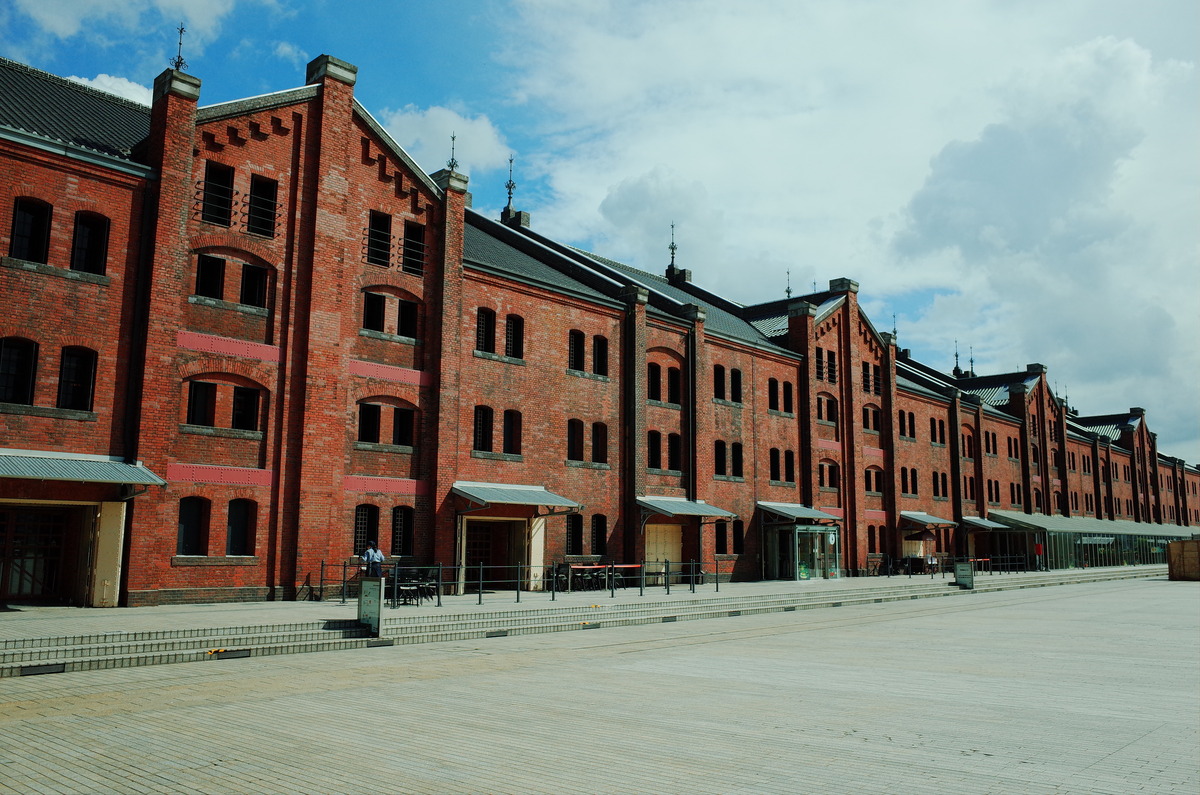
For the final day of my fourth trip to Japan, I intended to explore Lake Kawaguchiko. The itinerary included views of Mt. Fuji from Mt. Kachikachi, Tenjoyama Park, the Kawaguchiko Natural Living Center, and Ubuyagasaki Cape. Unfortunately, the weather forecast called for heavy rain throughout the entire region. As a fallback, with no plan, I visited the city of Yokohama for the first time. Located southwest of Tokyo, Yokohama is a port city, and is the capital of the Kanagawa Prefecture. From Akihabara Station, the city of Yokohama was located less than an hour away, a short train ride.
Yokohama Red Brick Warehouse
On arrival, I exited Yokohama Station and walked in the direction of a shopping center in a former warehouse known as Aka-Renga Soko. From the station, the brick warehouse was located a half hour away on foot. But what I had not anticipated were the multilane highways with limited street crosswalks in the area which surrounded Yokohama Station. Instead, the crosswalks were overhead, above ground. The overhead crosswalks sped-up the walk but lacked shade. The sun was high in the sky and the temperature was above ninety degrees fahrenheit.
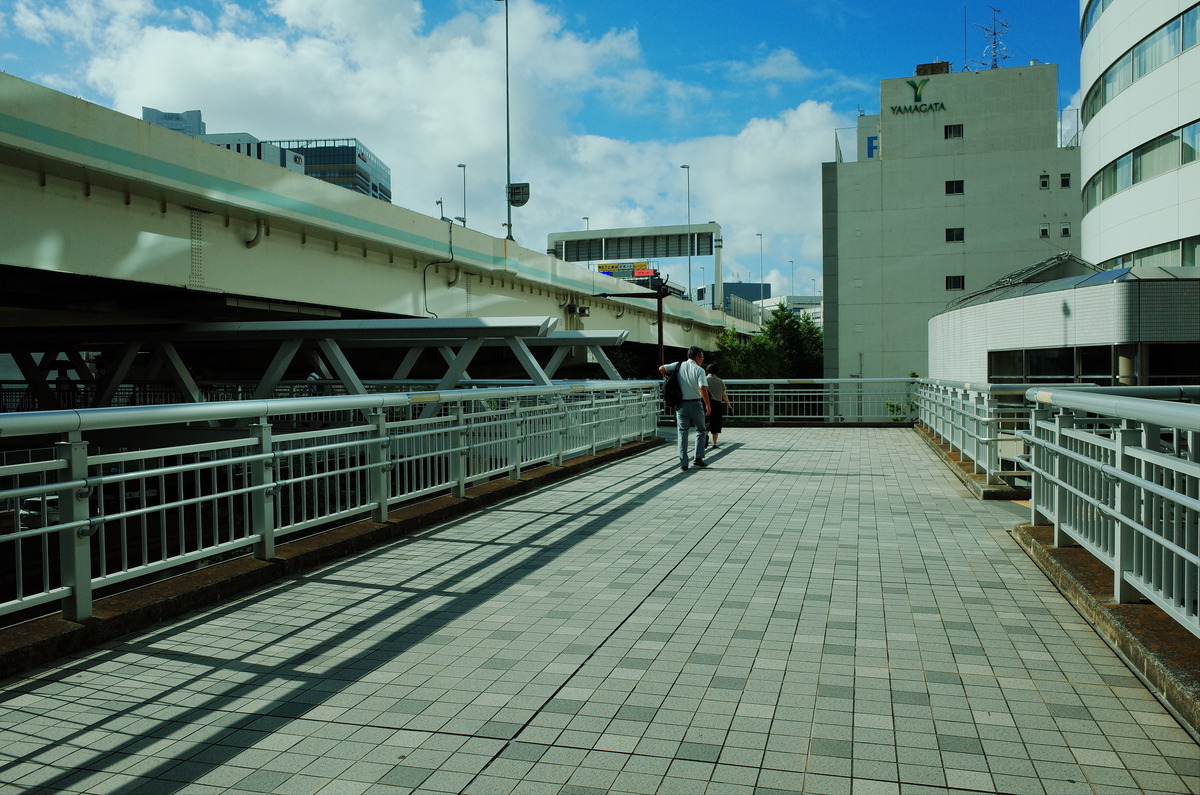
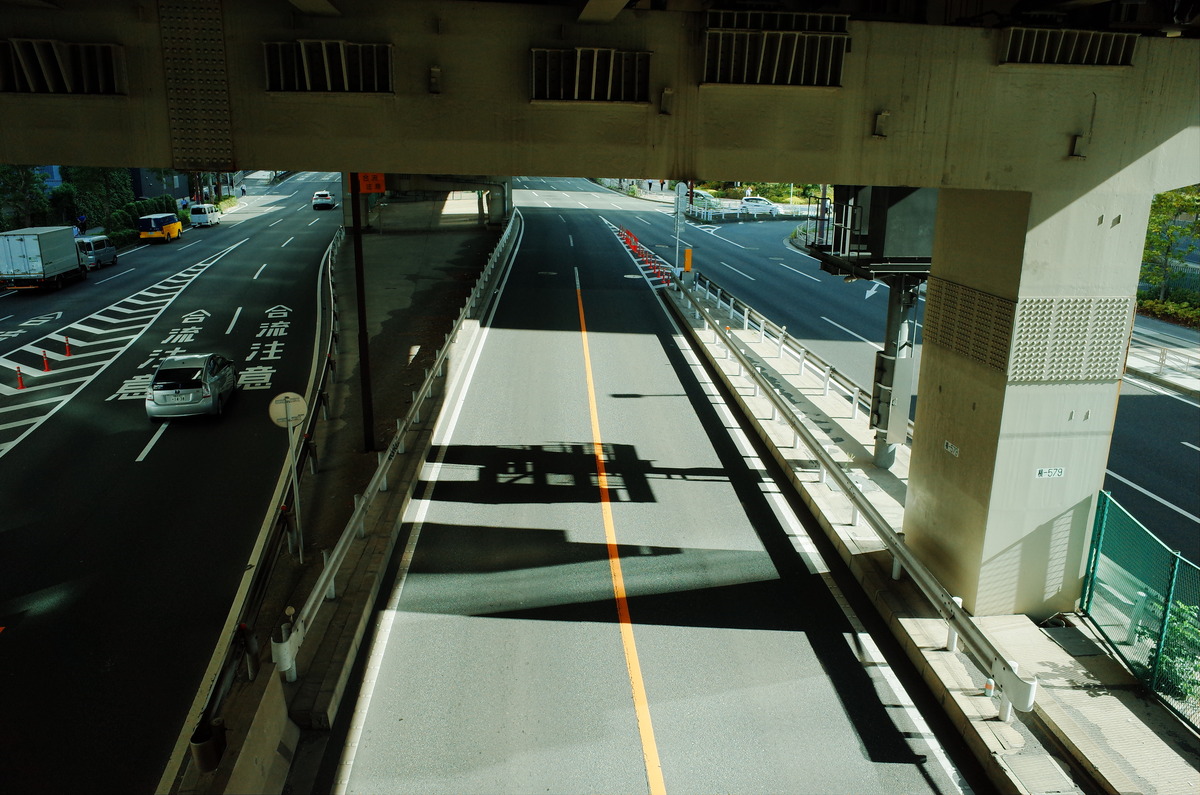
The city of Yokohama was clean and quiet. There were no discarded cans of Strong Zero, or crumpled flyers for maid cafes. People walked in silence, with relaxed postures. Yokohama’s Chinatown was no different, with the decorated streets devoid of any people in the early morning. I came across one open business, with fresh produce, fruits, and sweets displayed openly. The shop keeper greeted me and I paid 500 yen for a moon cake, which I had never had before. The outside of the cake was a hardened yolk, with a sweet paste in the center. Careful not to get crumbs on the ground, I ate the pastry on a nearby Coca-Cola bench.
I arrived at Aka-Renga Soko two hours before it was due to open. Aka-Renga Soko opens at eleven each morning, which gave me ample time to explore the area. The warehouse complex consisted of two elongated multi-story red brick buildings. Near the two structures, a sizeable white painted Shikishima-class patrol vessel of the Japanese Coast Guard was docked. Next to the ship, members of the Japanese Coast Guard conducted repelling training off of a high building. I laid on a shaded bench in an open area of the property and took a short nap.
When Aka-Renga Soko opened at eleven, I walked back-and-forth through the first floor dining options. There were a variety of fast food and upscale restaurants to choose from. I selected popcorn shrimp and ginger ale from a seafood restaurant called Kua Aina. Afterwards, I explored every store of both buildings in the shopping complex. A shop which stood out to me was Kissora, which sold a variety of leather gamaguchi wallets, pouches, and bags. For ten minutes, I debated a dark green coin wallet since I had plenty of change in my pocket. Regrettably, I told myself no.
Shopping in MARK IS Minatomirai
When I left Kissora, I went to an upper floor of the building and exited onto an enclosed patio. Gray clouds had formed above the port, which brought wind to a humid day. Rain soon followed, which fell for twenty minutes. After the rain stopped, the sun returned and I left Aka-Renga Soko. Since I had no plans for Yokohama, I made the decision to return to Yokohama Station. Along way to the station, I came across a six floor mall called MARK IS Minatomirai. Initially, I went into the shopping center to pass through to the other side but the first floor stores intrigued me.
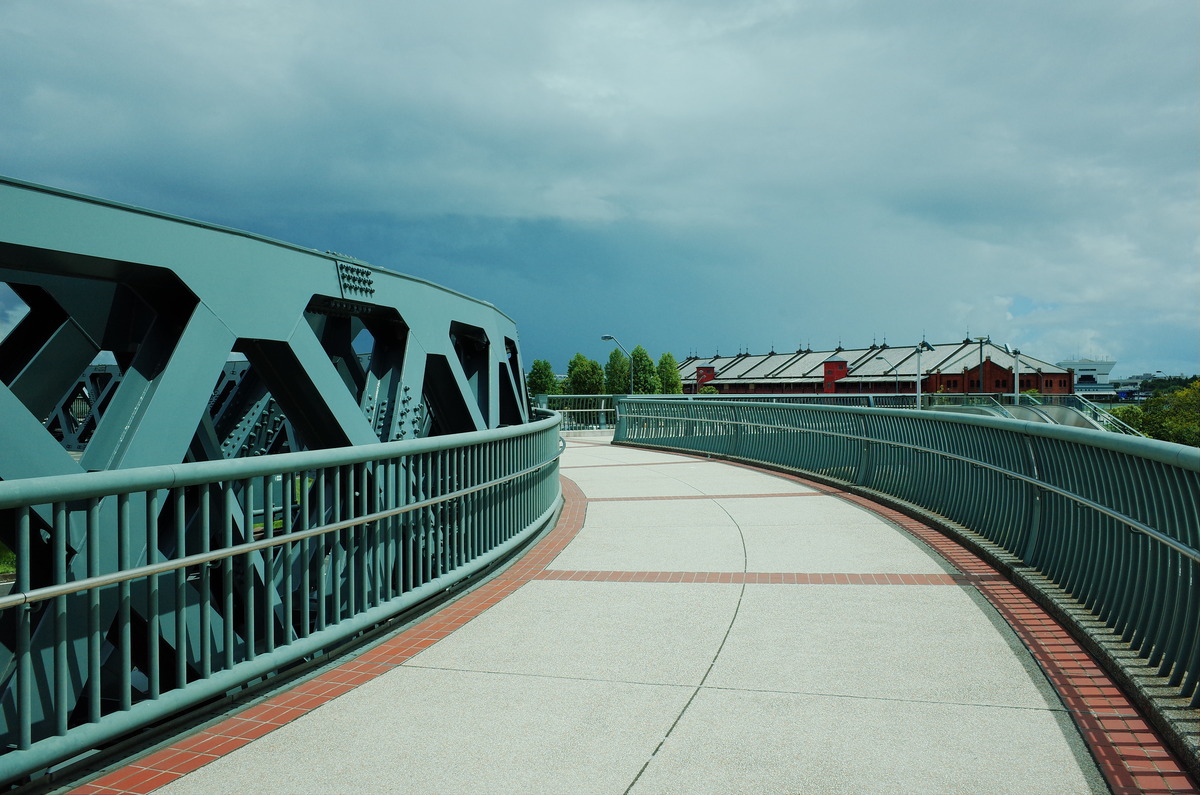
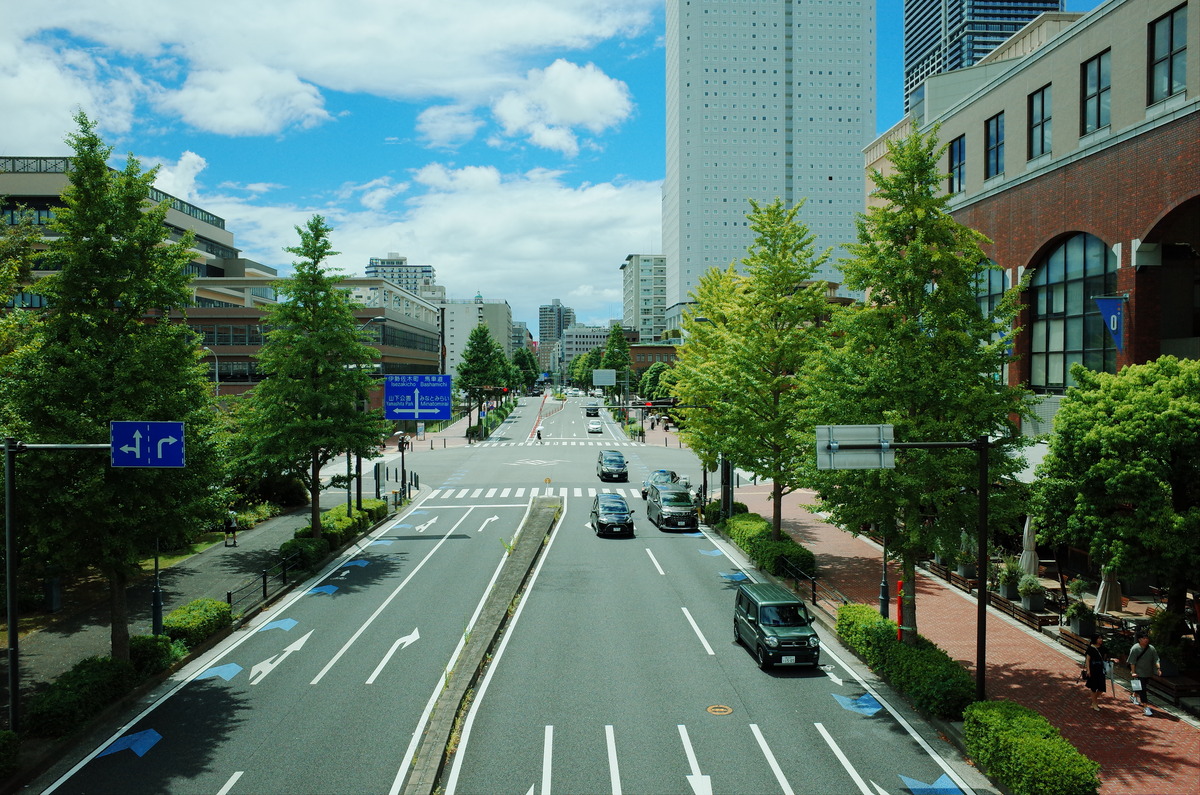
There were outlets for my favorite Japanese brands Montbell and Snow Peak. Beams, Marmot, The North Face, Oakley, amd Arc’teryx were nearby, though the Arc’teryx store had minimal product on-hand. Amongst these high brand stores was a pet store called Asahi Pets, with a variety of puppies and exotic birds. In the center of the lobby, near a Rolex store, a humongous Charizard card was roped off. The majority of the card was created through artificial flower petals. Black sand and wood chips were used to handle the text and background colors.
Returning to Akihabara
After I explored a bookstore on an upper floor of the mall, I returned to Yokohama Station. Although it was early afternoon, I didn’t know what else to do in the city. I returned to Akihabara, and had a late lunch at Nadai Fuji Soba. As usual, I ordered fried egg with tonkatsu and white rice. Once I finished the meal, I put the tray away and walked the streets of Akihabara. I re-visited the Akiba Culture Zone, manga shops, and bookstores. In a narrow alley with electronics for sale, I came across a store which sold hidden cameras in everyday items, such as a ballpoint pen.
In the Tamtam Hobby Shop in Akihabara, I explored two military themed stores. The first store was S&Graf, a surplus store which focused on replica military uniforms. Although the bulk of the inventory was for modern military forces, S&Graf sold replica Axis World War II uniforms, gear, and music. There were racks of Imperial Japanese uniforms, German uniforms, and piles of Nazi officer caps and garrison covers. Expensive items, such as replica German medals and unique CDs were behind display cases. Due to the sensitive nature of the topics, no photographs were allowed.
On a lower floor was the Repmart Military Shop, which sold realistic airsoft weapons. There were full-size .30 caliber Browning machine guns, Russian PKMs, MK-48 light-machine guns, gatling guns, grenade launchers, and every handgun, rifle, and sub-machine gun imaginable. The larger weapons, such as a hand-held gatling gun, cost more than a thousand dollars. Near the front door, floor models were allowed to be picked-up and handled. Asides from strictly firing pellets, each weapon contained authentic components and was similar in weight to it’s genuine counterpart.
After I left the Tamtam Hobby Shop, I went to Gigo 3 to play The Typing of the Dead. As I played the game, I became curious if any of the nearby retro game stores had a copy of the game for sale. Super Potato, a staple retro game store in Akihabara, was my first candidate. I walked to the store and scanned every Sega Dreamcast shelf with no luck. Next, I checked Mandarake and although there were plenty of Dreamcast games, The Typing of the Dead was not there. Lastly, I went to a store called Retro Game Camp and was happy to locate two copies on the second floor.
Before I returned to the hotel for the night, I went to a convenience store within the Akiba Culture Zone. I bought a drink and a protein bar for the morning. Afterwards, I went to my room, stripped-down, and packed my bag. Books and games were stored first, followed by dirty clothes in tight compression bags. Every item had a place, with no space wasted. Once I was satisfied with the arrangement, I zipped each panel and tightened the outer compression straps. I placed the bag by the door and hung my travel clothes on a nearby rack for the morning.
Haneda Airport and Leaving Japan
For no particular reason other than to be early, I arrived at the Haneda Airport seven hours before my flight the next morning. I was beyond early. The Delta ticket counter was not open, which provided plenty of time to explore the unsecured part of the terminal. With sliding doors and wooden exteriors, the shops and restaurants on the level above the ticket counters were themed in the style of traditional Japanese architecture. For breakfast, I ordered a burger with fries from a Mos Burger. I had never been to a Mos Burger before, but the food was good.
After I finished the meal, I ventured onto the third level of the terminal, which was accessible via a wooden bridge. The bridge was in theme with the nearby shops and restaurants, with stained wood and round beams. Past the bridge, there was a life size Japanese village, though the structures lacked windows or in-depth detail. I walked through the village and a long hallway, which led to an outdoor patio. The patio was spacious, with wide walkways and plenty of benches, and provided wide views of the tarmac and runways. I had never seen such a thing in an airport before.
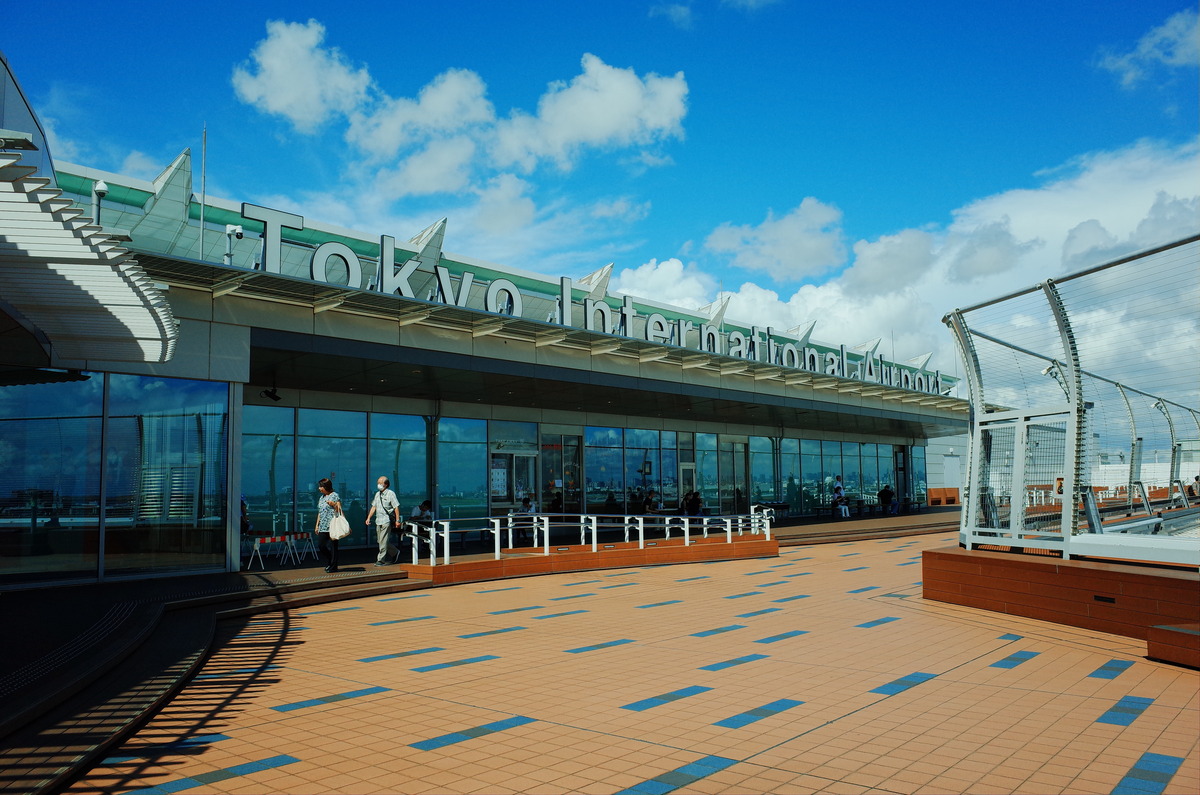
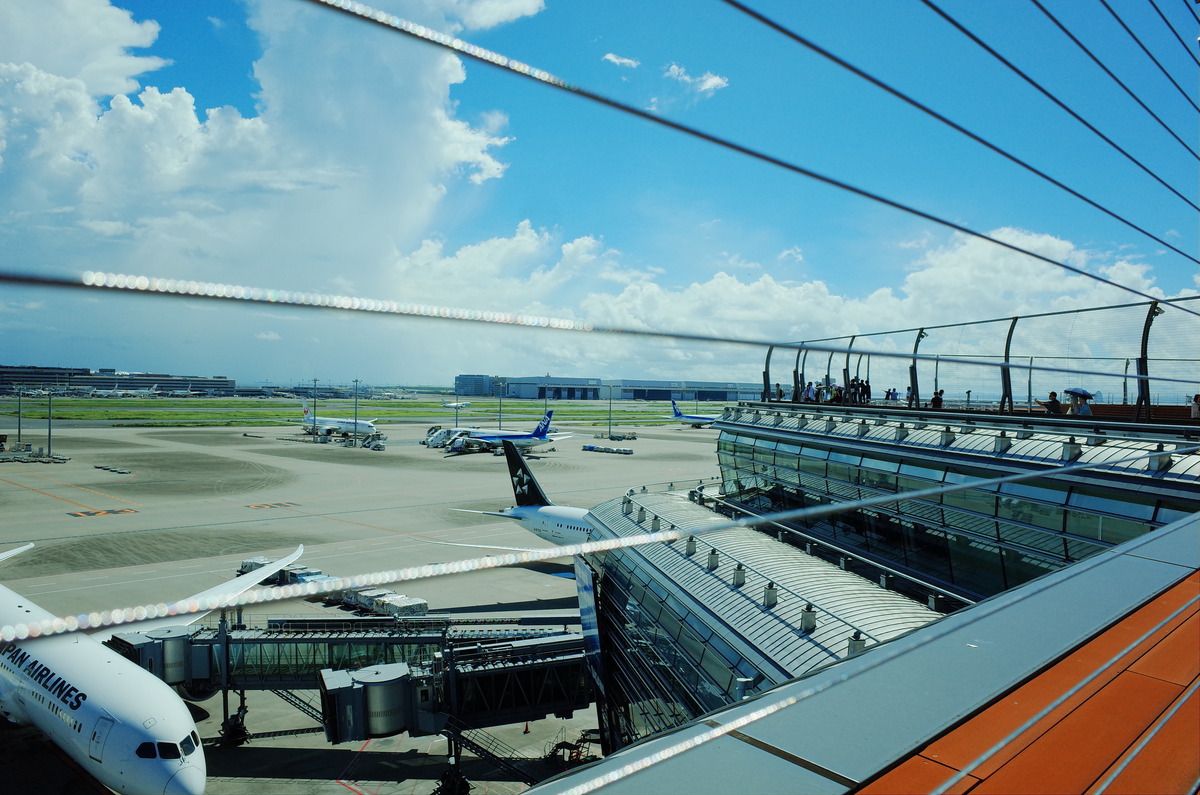
After I explored the patio, I returned to the first floor of the terminal and used an automated machine to check-in for my flight. I oddly had to manually enter my information after I scanned my passport. Though I received my tickets from the machine and was able to go through security without issue. I walked to a secluded part of the terminal afterwards and attempted to nap on an empty bench. Though airports are never quiet. The distant sounds of printers, electronic beeps, voices, vacuums, door alarms, and other noises kept me in the present.
Amongst the nearby seats, there was a large yellow vending machine. Instead of snacks or beverages, the machine sold Pokémon plushes which were specific to the Haneda airport. I figured why not and purchased a Pikachu with a pilots uniform. Afterwards, I took the long walk to my assigned gate. It took me fifteen minutes to walk there. The gate was below the main level of the terminal, and was not busy when I arrived. Though people filled in quickly as the flight time neared. I had an empty spot by a window to myself, though I lost it after I went to the bathroom.
When it came time to board the plane, I was stopped by an airport security agent at the front of the gate for a random security check. I had never had one before. No questions were asked but I received the full pat-down in a secluded corner and had to empty my bag. The security agent swiped my palms, and material from my bag to test for explosive residue. It was an odd experience. I had to re-pack my bag in a hurry, though thankfully the majority of the items were inside of compression bags. Once I re-packed my bag, I was allowed to get into the line and board the plane.
The flight to Detroit was long and uncomfortable. As I boarded the plane, I was politely asked to swap seats by a person who desired to sit with their friend. I agreed, though soon regretted the decision. I was sandwiched between two people, one of which had a hygiene issue. Once airborne, the person I swapped seats with came to my aisle and handed me a bag of gummy worms as a kind gesture for the favor. I tried to pass the rest of the time through sleep but the other person next to me stayed awake the entire flight with the window shade open.